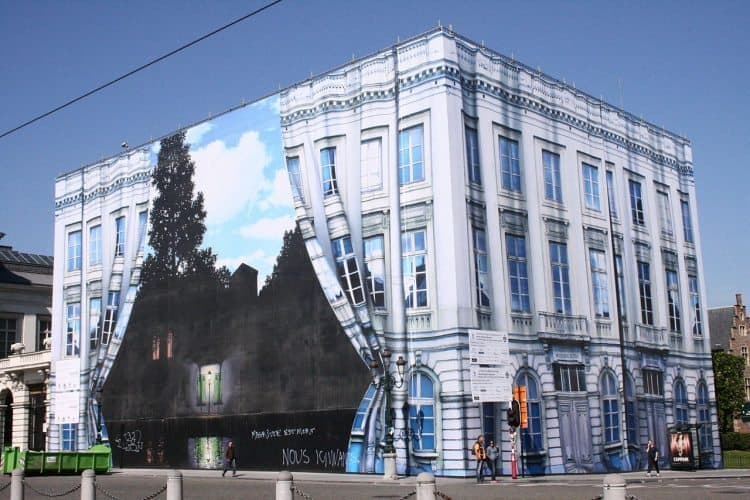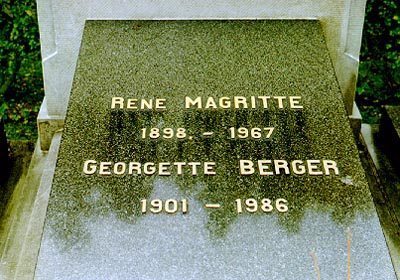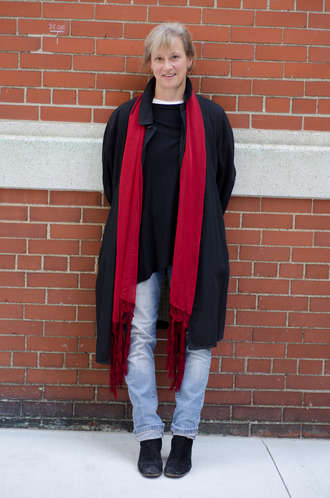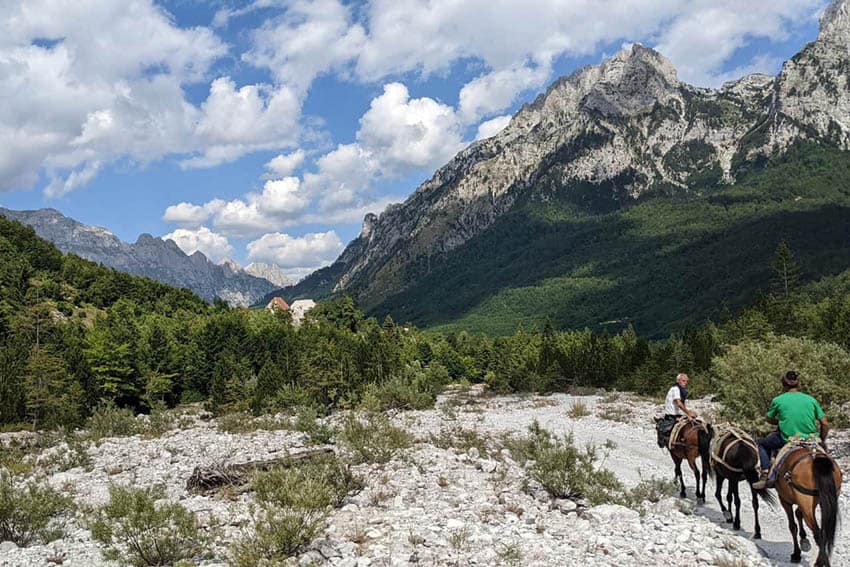
Souvenirs of a Professional Vagabond
Susan Spano has journeyed the world reporting on culture, nature, and the curiosities of humankind. She launched the still-running “Frugal Traveler” column for the New York Times, and later joined the staff of the Los Angeles Times, which sent her to the City of Light from 2003 to 2006 to start the popular travel blog “Postcards from Paris.”
She spent six months in Beijing studying Mandarin and researching stories in the run-up to the 2008 Olympics before moving to Rome—her favorite foreign posting—where she wrote about everything Italian, from Caravaggio to mozzarella. Her work has appeared in the Financial Times, Chicago Tribune, Smithsonian, National Geographic Traveler and Redbook; she is the co-author of Women on Divorce: A Bedside Companion and Men on Divorce: The Other Side of the Story.She is currently serving in Armenia as a member of the US Peace Corps.
French Ghosts, Russian Nights, and American Outlaws: Souvenirs of a Professional Vagabond tells some of her travel stories in a memoir. French Ghosts takes the reader on magical trips, when everything conspired to make a place unforgettable, like a temple in Java at sunrise or an ice hotel in the Artic Circle at sunset. In some of the stories, she finds the kind of enlightenment that only travel can provide by following in the footsteps of luminaries such as Federico Fellini, Julia Child, and Chairman Mao. Below is an excerpt, a chapter about Brussels and its most famous artist and resident, Rene Magritte.
Excerpt: René Magritte’s Brussels
The artist René Magritte spent almost all his life in Brussels. While other Surrealists dressed bizarrely, swapped lovers, and made flamboyantly deviant art, he remained an inconspicuous fellow, tending toward portliness, who painted flaming tubas and dismembered body parts every morning in his dining room with the regularity of a bank clerk. His great escape was to put on a bowler hat and walk his dog—a Pomeranian named Loulou—in buttoned-up, bourgeois Brussels.
A story is told about the artist stopping at the corner store to buy some cheese. The grocer started to cut a slice, but Magritte insisted on a piece from another round. When she protested that both were the same, he said, “No, Madame, the one in the window has been looked at all day long by people passing by.”
Knowing Belgians, I imagine that madam simply nodded her grizzled head and complied. But visitors to the sane, grey Belgian capital are bound to feel perplexed about how Magritte fit in so comfortably there, indeed, chose it over Paris, where he spent three years from 1927 to 1930 hobnobbing with the wilder French Surrealists.

Up until a few years ago, Magritte’s steps were hard to trace in Brussels, which made little of him, though by the time of his death in 1967, New York’s Museum of Modern Art had mounted a major Magritte retrospective, avant-garde artists like Andy Warhol and Jasper Johns collected his work, and the Beatles had taken his signature green apple as a logo.
Indeed, on my first visit to Brussels in 1994 I had to seek out the room dedicated to him in the Musées Royaux des Beaux Arts.
Brussels Beaux Arts
In 2009, however, the Brussels Beaux Arts literally took Magritte out from under wraps by opening a stand-alone museum dedicated to him in the eighteenth-century Hotel Altenloh on the Place Royale. For months before the museum opened its doors,the façade was covered by a massive tarp that depicted curtains parting to reveal Magritte’s iconic The Empire of Lights.
By the end of its first year, half a million people had toured the museum, a major new city site that makes it possible to now speak of visiting Magritte’s Brussels in the same way people go to Aix-en-Provence for Cézanne and Amsterdam for Van Gogh.
The waiting lines had shortened by the time I visited the Magritte museum recently. Inside its renovated Neo-Classical façade, I found everything state of the art and 100 percent green (thanks to financial and technical support from the French energy conglomerate GDF Suez), laid out on six levels, with bemusing touches such as bathroom mirrors shaped like Magritte’s man in a bowler hat. The galleries follow the artist’s development chronologically, beginning with his birth in 1898 and middle-class childhood in the town of Chatelet, about twenty-five miles south of Brussels.
Anecdotes abound about his youthful peculiarities—playing in cemeteries, celebrating Mass dressed as a priest, hanging yowling cats by their legs on doorbell pull cords—some apparently concocted by Magritte himself.
What is known about his childhood is that a hot air balloon once made a crash landing on his rooftop and that his mother drowned herself in the River Sambre when he was fourteen. But even his contemporary, Freud, would have been hard-pressed to speculate on how these events affected him.
“I detest my past and anyone else’s,” the artist once said.
Magritte remained adamantly against interpretation, a position curators have tried to respect by portraying the artist through his own pithy words, photos, videos, and other documentary material. “There is no sign of interpretation in the museum,” director Michel Draguet has said.

A Belgian Bumpkin?
For people, like me, who come knowing little more than the Magritte of bowler hats, the museum offers depth and context. Displays are devoted to his beloved wife, muse, and model Georgette; his bread-and-butter work in advertising; explorations into the relationship between word and image (as in his famous 1929 painting The Treachery of Images of a pipe that is not a pipe, according to the caption); and his break with André Breton and the French Surrealists who appreciated his art but seem to have treated him like a Belgian bumpkin.
Two of the museum’s most interesting surprises are artworks from a period of striking stylistic divergence during World War II when Magritte sought relief from the German Occupation by painting in the lushly colored manner of Renoir and newly digitalized excerpts from the prankish short movies he made with a Super 8 camera in the late 1950s.
And then there are the masterpieces, beginning with The Return, the first Magritte purchased by the museum in 1953, depicting a cutout dove made of cloud-dappled blue sky flying across a nightscape. Bequests by the artist’s friends and purchases from the estate of his wife, who died in 1986, enriched the collection, now the largest in the world, including such signature works as Black Magic (1945), The Empire of Lights (1954), and The Domain of Arnheim (1962).
Mont des Arts
It’s an easy walk from the museum down the Mont des Arts, via the elegant Sablon, with its cafes and chocolate shops, to the Royal Academy of Fine Arts on rue du Midi. Enrolled there from 1916 to 1920, Magritte learned how to paint objective reality (so as later to subvert it). But technique interested him almost as little as avant-garde trends like cubism and futurism. Supported by his father, a businessman, Magritte smoked and drank with friends at the La Fleur en Papier Doré, a cozy, wood-lined café around the corner from the art school.
Then two important things happened: He saw The Song of Love by Giorgio de Chirico, which came as a revelation because of the way it made “painting speak of something other than painting,” Magritte later said. Afterwards, his style began to gel, diverging from surrealism in its accessibility and premeditation, portraying “dreams that are not intended to make you sleep but to wake you up,” he said.
The second event was running into Georgette Berger while walking in the Brussels Botanic Garden. He knew her from his childhood in Chatelet, but since then, she’d grown into a sizzlingly beautiful young woman. Married in 1922, the couple eventually settled into a flat on rue Esseghem, where they remained until 1954. Before the Hotel Altenloh opened, this small, bare bones, shotgun apartment in the ordinary, working-class suburb of Jette was the only Magritte museum in Brussels.
A labor of love created by Belgian art collector André Garitte, the museum opened to the public in 1999. Sometimes people turn up there under the mistaken impression that it is the new Musée Royaux Magritte—not such a bad thing, because, with no need for hagiography, rue Essenghem brings to life the man who may have physically inhabited the apartment, but lived chiefly in his head.
The couple’s rez-de-chaussée living quarters have been reassembled so that visitors can see the mantlel, staircase, sash window, and keyhole that star in some of Magritte’s most famous paintings. At the far end of the back yard, I peeked into the window-lined Studio Dongo, where he did what he called his “idiotic” commercial work.
Many of these rather fetching Art Nouveau cigarette ads, movie posters, and sheet music covers are shown in upstairs galleries, along with special treasures like his first juvenile painting of a windmill and some very private erotic art.
Finding Magritte’s Grave
The prim villa in the upwardly mobile suburb of Schaerbeek, where Magritte spent his last years, well-off and world famous, is now someone else’s house, so there remained just his last resting place to see, though getting there was an exercise in obfuscation. As it turns out, Schaarbeck Cemetery is actually in the town of Evere, near Zaventem Airport. Surrounded by construction, it is no Père Lachaise and there weren’t any signs to help me find his grave.
But a workman gave me directions to the plain marble slab where Magritte lies with Georgette. It bears no panegyrics or plastic flowers, only their names and dates. Pure Magritte. Inconspicuous in death, as in life. The cheese that hasn’t been looked at.
Buy this book on Amazon French Ghosts, Russian Nights, and American Outlaws: Souvenirs of a Professional Vagabond
- The Wild Mississippi: 2340 Miles Across Ten States - April 8, 2024
- Exploring the Floating Villages of Tonle’ Sap Lake - April 3, 2024
- Woman Traveling Solo on Turkish Buses - March 27, 2024




